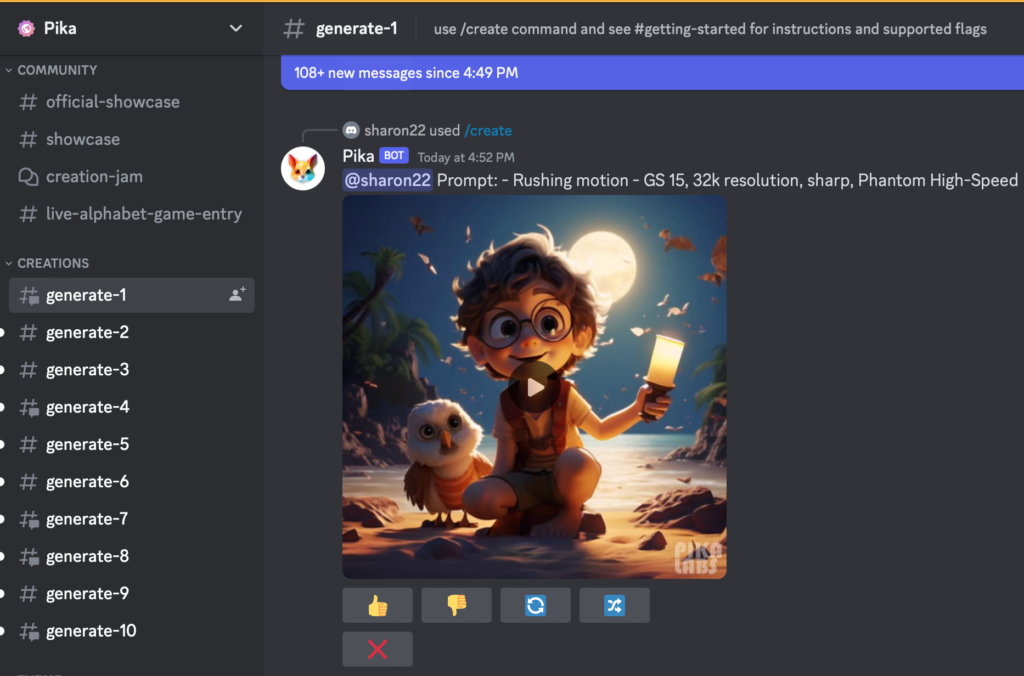In a groundbreaking move, Pika Labs has unveiled its AI video editing app, reshaping the landscape of content creation. Founded by former Stanford computer science Ph.D. students Demi Guo and Chenlin Meng, Pika aims to simplify the intricate process of video production using generative AI. The journey began when Guo’s team faced challenges in a competition hosted by Runway, a leading AI video editor startup. Undeterred by the setback, they left Stanford in April to establish Pika, with a vision to develop a more user-friendly AI video generator.

Since its inception, Pika’s software has garnered immense popularity, attracting over 500,000 users on the social messaging app Discord. According to Forbes, the platform enables users to input text requests, such as “a robot walking on the beach at sunset,” and receive AI-generated videos as replies. With the recent launch of a web app, Pika has expanded its reach to a broader audience, introducing features that allow users to edit and customize objects within videos, enhancing the overall user experience.
Pika’s rapid growth has not gone unnoticed in Silicon Valley, resulting in a staggering $55 million in funding across three rounds. The latest Series A funding, led by Lightspeed Venture Partners with $35 million, values Pika Labs between $200 million and $300 million. Nat Friedman, former GitHub CEO and a leading investor in the AI space, expressed his initial investment in Pika after being impressed by an early demo. The company’s proprietary AI model for video, developed with the support of Friedman’s GPU cluster, sets Pika apart in the competitive AI landscape.
Despite initial skepticism about the difficulty of generating realistic videos, Pika swiftly expanded its capabilities beyond anime creation. The team’s agility and responsiveness to market demands have positioned Pika as a frontrunner in the industry. As Pika looks to the future, CEO Demi Guo emphasizes the goal of redesigning the video-making interface, making it more accessible to everyday consumers. The company plans to use the new funding to grow its team, focusing on hiring engineers and researchers, while exploring potential monetization strategies, such as a tiered subscription model.
Featured Image Source: Forbes


